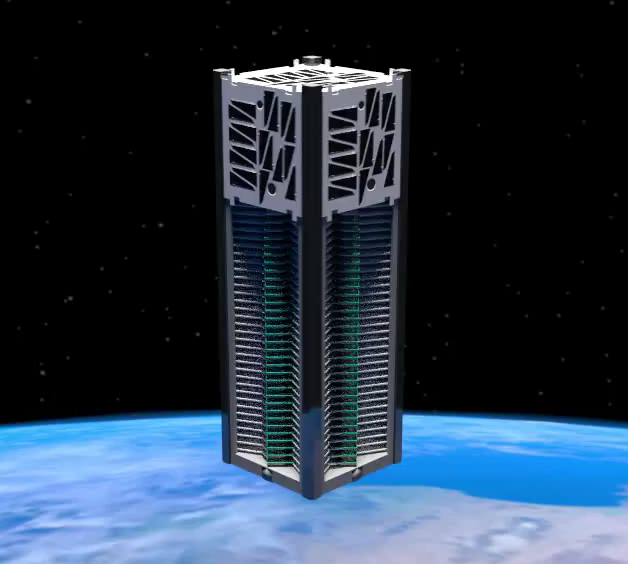![]()
There is a lot of action on the Club’s KickSat Sprite ground station project. In the late spring of this year, Bill K4IB, proposed that we establish one of the network of ground stations to support the launch of Cornell graduate student Zac Manchester’s constellation of femtosatellites, named “Sprites†by Zac and colleagues. The Sprites, now scheduled for deployment in January 2014, will travel into near earth orbit in association with a SpaceX replenishment mission to the International Space Station. A group of Club members has formed around this project. (For more detailed KickSat Sprite information see the KickStarter and GitHub sites.)

So that we can make and keep a commitment to Zac to have a ground station operational in time for launch, we are proceeding on two parallel paths. A small group of us is working to build and test a minimal ground station, sufficient to do basic reception of Sprite telemetry. This station will consist of a notebook computer, an RTL-SDR receiver dongle, a low noise amplifier, and a handheld 70cm 7-element Yagi antenna. The open source GNURadio software-defined radio software and custom Sprite decoding software from Zac round out the station. We already have most of the components of this station on hand, so we expect to have it assembled for testing and practice by the end of October.

We hope to do something more elaborate and challenging, however. We have been in contact with several UVa School of Engineering faculty about possible student participation. There is considerable enthusiasm on both sides for this collaboration, so we are scheduling an organizing session for several of the local student chapters of national professional engineering associations. Depending on the number of student volunteers, their skill sets, and the amount of time that they are able to commit, we hope to take on such additional capabilities as active tracking antennas and ground station automation.

In addition to the immediate contribution to Zac’s project, this ground station could form the basis for an ongoing participation by the Club in the many experimental satellite launches occurring each year through NASA’s Educational Launch of Nanosatellites Program (ElaNa). Most of these university-based satellite teams obtain FCC authorization to downlink telemetry on assigned amateur radio satellite frequencies; some of these satellites also provide parallel amateur radio communications capabilities such as repeaters, transponders, and packet nodes. An effort has been launched by the European Space Agency (GENSO) to assemble a coordinated network of permanent amateur radio satellite ground stations to support these many experimental launches. Club participation in such a network is a possibility if sufficient interest and commitment is generated by the KickSat project.
Keep your eye on the Club Web site for updates as our project progresses. If you interested in actually getting your hands dirty and helping to design, build, test, and/or operate our ground station, send email to Mike KQ9P at mcpherson@acm.org.
